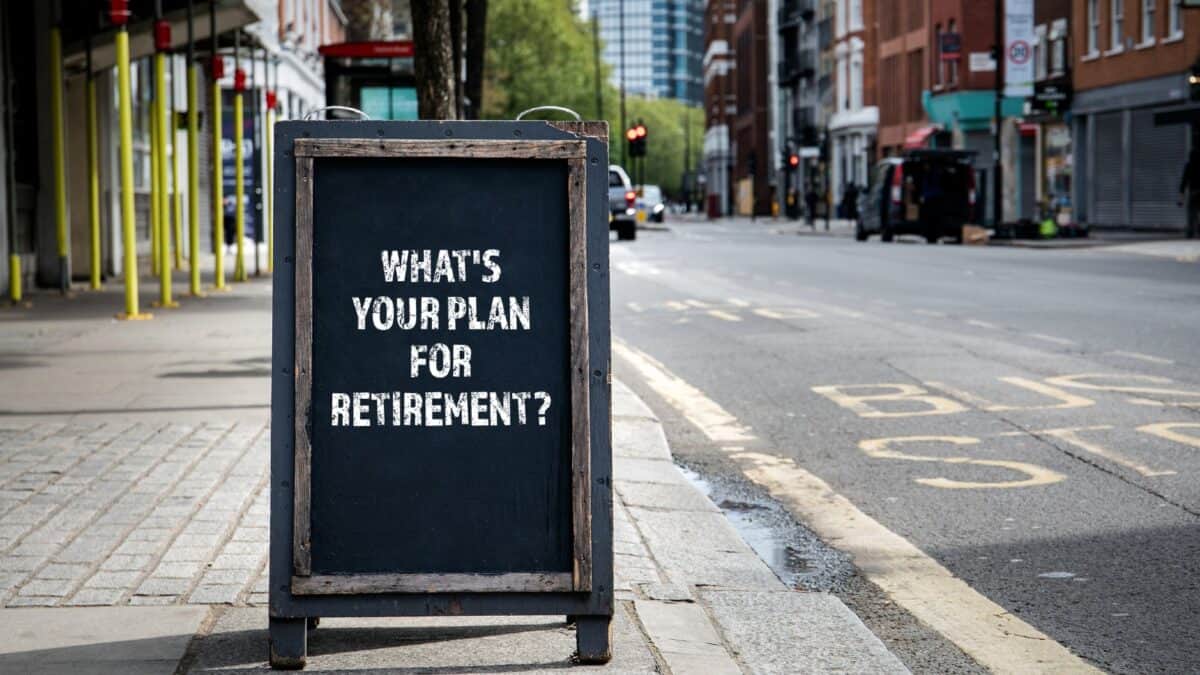“The kindest thing we could tell young people is: don’t expect a taxpayer funded retirement”. That’s a line from the Telegraph on the prospects of young people enjoying a State Pension one day. Of course, the newspaper could well be wrong. But with a gloomy outlook around state-funded payouts, is it any wonder some of us are building second income sources instead?
The numbers on creating a pension-replacing income are simple. If I can get an investment return of 10% – call it 8% after inflation – then I’d need £140 a week over 30 years to build up to a £200k nest egg.
Then I could withdraw 5% for near enough an income of £203 a week or £10,600 a year – the current State Pension amount.
Before I dive into the details here, I’m asking myself: do I really need to go to all this effort? Is the State Pension really under threat? Maybe not, but a revealing report from Hargreaves Lansdown came my way this week.
The results
This report asked 2,000 people about the level of state assistance they were expecting in retirement. The highlight was that only 38% of 18-34-year-olds believe the pension will still exist at that point. In other words, 62% of young people think they might not get a State Pension.
That’s a shocking stat, if perhaps not a surprising one. There are currently four workers supporting each pensioner now in Britain. That’s expected to be 2.5 workers by 2035 and two workers by 2050. Our population is getting older and that’s going to make providing a pension harder.
And while I’d imagine state assistance will always be around in some form – due to the immense social cost of eliminating it – drastic options like a means-tested pension or an eye-wateringly high retirement age might be on the cards.
What I’m doing
So what to do about all this? Well, I outlined my basic strategy above. I’m aiming to implement it using tax-advantaged accounts like the Stocks and Shares ISA and the SIPP (self-invested personal pension). These accounts let me invest in hopefully-high-yielding companies with a lifetime exemption on dividend taxes or capital gains taxes. And if I invest smartly, total fees can end up as a fraction of a per cent.
Please note that tax treatment depends on the individual circumstances of each client and may be subject to change in future. The content in this article is provided for information purposes only. It is not intended to be, neither does it constitute, any form of tax advice. Readers are responsible for carrying out their own due diligence and for obtaining professional advice before making any investment decisions.
Other forms of investing don’t interest me. Savings accounts like Cash ISAs are more appealing than ever, but stocks have a much better historical record, especially compared to inflation. Investing in property has been lucrative in the past, but does come with a lot of effort. I’ve no interest in the hassle of being a landlord, but opening an ISA account and picking a few shares? That sounds fine to me.
Investing in stocks myself does mean I shoulder the risk and the responsibility though. My investments will go down at various points. My entire net worth will go down some years. I may even have long stretches of poor performance, like after 2008 when FTSE 100 stocks didn’t recover for five years.
That said, the prospect of saving £140 a week now for a second income later seems like a no-brainer to me. As I grow older and my earning power increases, I can save more to increase the amount I have for retirement too.








